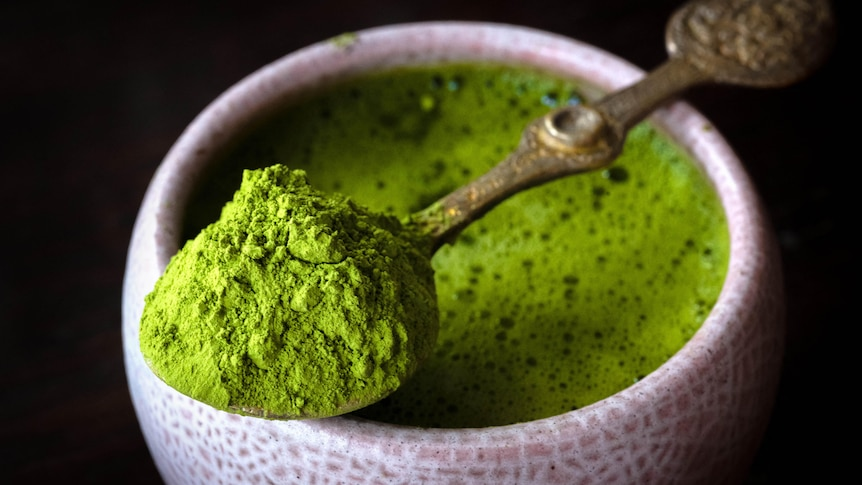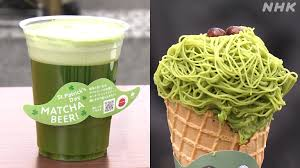MATCHA BOOM EXPOSES A GLOBAL TEA INDUSTRY UNDER STRAIN

A viral drink meets a tight supply chain
The bright green matcha latte has become a global status drink, but the finely milled tea powder behind it is facing a serious squeeze. In Japan, where high-grade matcha originated, demand from cafes, bakeries and social media-driven food trends has surged faster than supply. Farmers in Kyoto and other traditional growing regions say the price of first-flush tencha—the shade-grown leaves that are stone-ground into ceremonial matcha—has nearly tripled in just a year. That has encouraged new growers in China, South Korea and elsewhere to rush into the market, betting that consumers will not notice subtle differences in flavour, aroma and texture.
The quality gap, however, is becoming harder to ignore. Tea experts warn that much of what is sold as matcha abroad is actually generic green tea ground into powder, sometimes blended with sweeteners, milk powders or flavourings. Labels are often vague; terms like “ceremonial” and “premium” are used freely with little regulation or enforcement. For small Japanese producers who invest heavily in shading their fields, careful hand-picking and slow stone-grinding, competing on price with industrial blends is almost impossible. Some are shifting their focus from bulk exports to high-margin direct-to-consumer sales or partnering with luxury brands that want to trace ingredients back to a specific farm.

When a wellness fad collides with climate and labour reality
Behind the trend is a more sobering story about climate pressure and rural labour shortages. Tea plants are sensitive to temperature shifts and extreme weather, and growers in Japan report that warmer winters and erratic rainfall have made it harder to maintain the delicate balance required for top-tier tencha. Shade structures, fertiliser and pest control are all becoming more expensive, even as younger generations in tea-growing families leave for city jobs. To maintain supply, some co-ops have started experimenting with mechanised harvesting and less labour-intensive processing techniques, but connoisseurs say the trade-off shows up in the cup.
At the same time, global brands are turning matcha into a flavour rather than a product with a clear origin. Supermarket shelves now carry “matcha granola,” “matcha protein bars” and instant latte mixes where the tea content is minimal. Nutrition claims about antioxidants and “clean caffeine” are often loosely based on small studies or applied to low-quality powders. Consumer advocates in Japan and abroad are calling for clearer labelling that distinguishes authentic, shade-grown matcha from generic green tea powders and that states origin information. For now, the burden falls on buyers to read the small print, ask questions and treat very cheap matcha with suspicion. The drink may look the same in a selfie, but the story behind each cup is increasingly complicated.





















